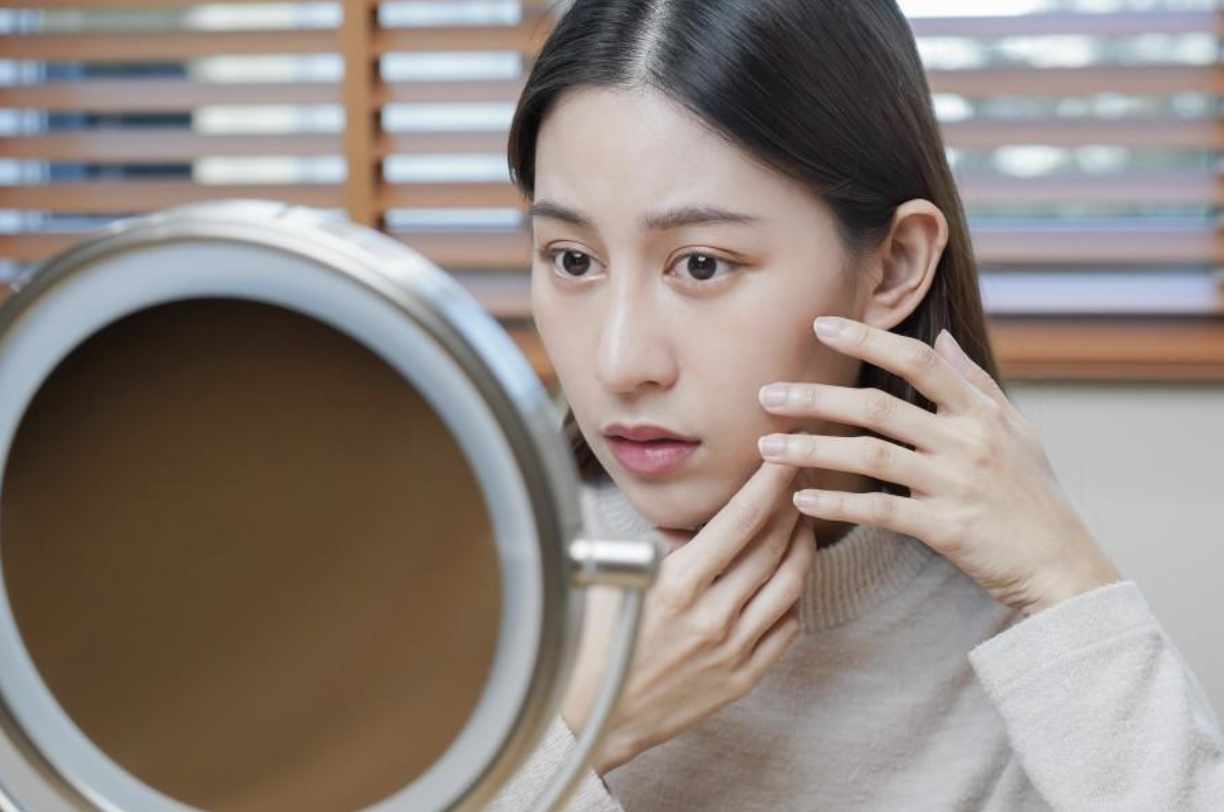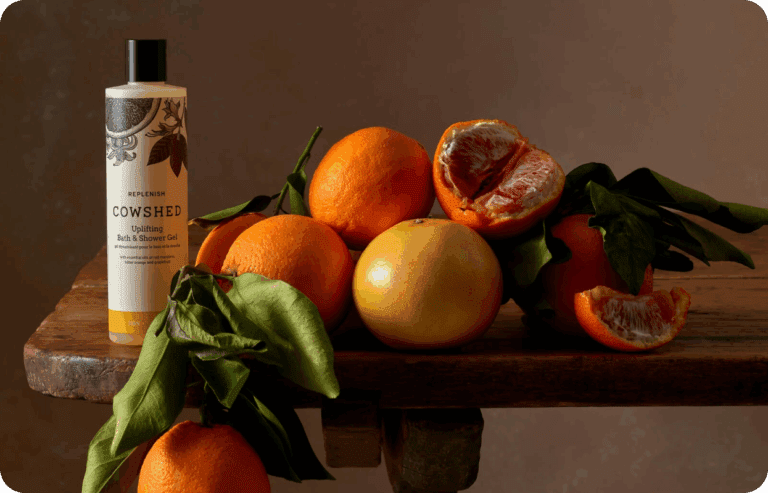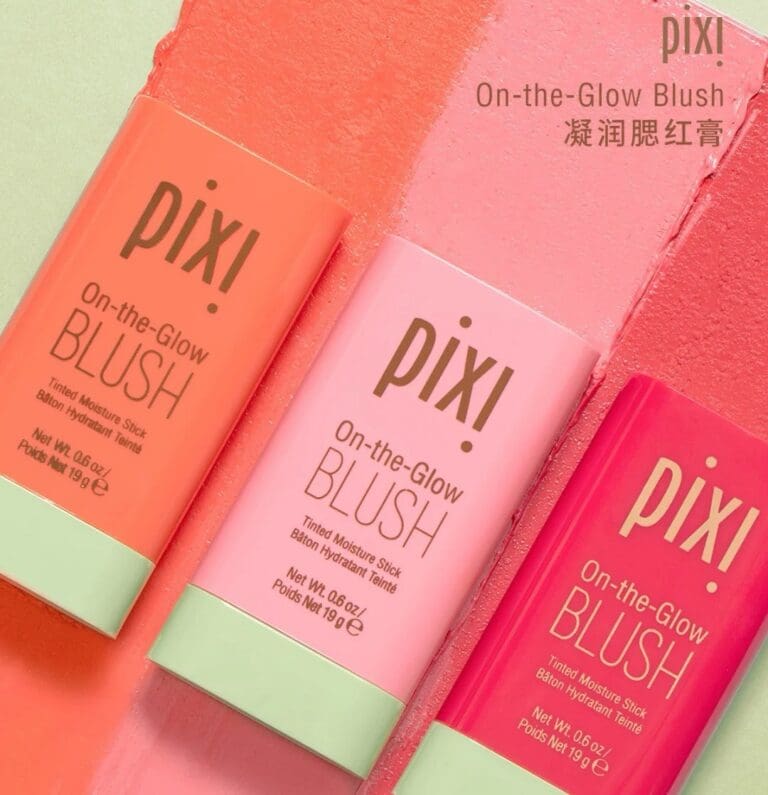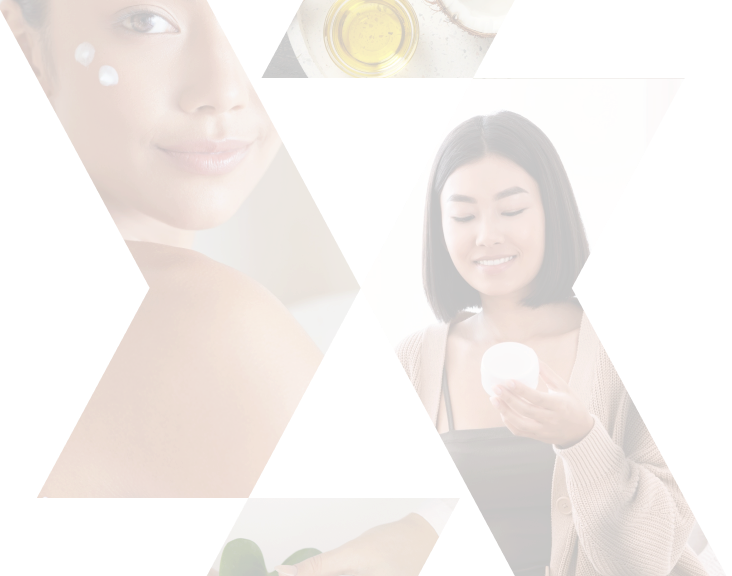
YASO’s China Beauty Breakdown Part 2: Derma Skincare
Welcome back to YASO’s 6-part mini-series breaking down the beauty industry in China.
What is Derma Skincare?
Perhaps an easier niche to define than clean beauty, derma skincare products contain sophisticated ingredients that support and care for symptoms of various skin conditions. These include oily skin, acne, dehydrated skin, sensitive skin, and others. Derma-cosmetics have evolved into a substitute and complement to medical medical recommendations/treatments. They stand out from generic skincare products for their scientific formulations and high quality skin solutions. A large part of the demand for derma products comes from increasingly conscious and savvy consumers who seek facts and research to back up a brand’s claims. Dermatological claims on products aim to reassure consumers that a product is safe and effective.
The global derma-cosmetics market was valued at $52.12 billion in 2021 and is expected to grow at a compound annual growth rate (CAGR) of 7.5% from 2022 to 2030.
The Derma Market in China
The Opportunity
In China, demand for dermatological skincare products is growing. Like the global market, China’s derma-cosmetics market is predicted to grow at a CAGR of 7% between 2022 to 2030, demonstrating significant growth potential. China’s functional derma skincare market is expected to be worth about 130 billion yuan ($20.2 billion) by 2030.

Within the sensitive skincare category, acne and atopic sensitive skincare products make up the top categories in China. A 2020 White Paper on Chinese Women’s Sensitive Skin, released by iResearch, found that around 43% of Chinese women have reported having sensitive skin issues (given China’s population, that is more than 250 million women). Most were aged between 18 to 30 years old.
The three biggest contributing factors were:
- Regularly staying up late
- Excessive stress
- Inappropriate use of cosmetics
Rising concern over sensitive skin is a key driver of the derma industry’s recent boom in China. Consumers in China have become increasingly aware of the harmful chemicals present in regular skincare products that affect their sensitive skin. This is quite similar to the growing clean beauty phenomenon in China. The main difference here lies in the dermatological and scientific components, which are driving the Chinese beauty industry to align itself more proactively with healthcare.
Consistent with other skincare categories, the industry’s growth will be led by young Gen-Z consumers who are increasingly starting to care more about the ingredients, safety, function and technology of skincare products than a brand’s reputation.
Chinese Competitors
Historically, Western Europe (particularly France, Italy and Spain) has been the home of the derma-cosmetics market, yet recently there has been a gradual shift to East Asia and China. Domestic derma brands have enjoyed unprecedented success through their unique positioning, specific ingredients and key influencer/celebrity marketing. Soochow Securities found that Chinese consumers typically report different skincare problems and demands compared with foreign consumers. Chinese derma brands are paying close attention to distinct local demands, giving them a marginal market advantage.
China’s rich natural plant resources and extraction technologies, along with help from leading original cosmetic equipment manufacturers and raw material products.
Notable Chinese derma players include: Pien Tze Huang, Dr. Yu, QuadHa and Yunnan Botanee Bio-Tech; all of whom include some form of Chinese herbal/medical ingredients that Chinese consumers are familiar with. Yunnan Botanee Bio-Tech IPOd in 2021, reaching revenue of $17.31 billion and a market cap of $10.67 billion.

Botanee Bio-Tech’s skincare line WINONA 薇诺娜 has become popular in China for sensitive skin. The company claims to be a direct competitor of international brands such as Vichy (owned by L’Oréal), La Roche-Posay, and Avène. Indeed, during last year’s 618 ecommerce shopping festival in June, Winona was the only Chinese brand in the top ten beauty brands on Tmall, and it was also listed in the top three on JD.com and Douyin.
On July 8th 2023, Singapore hosted the 25th World Congress of Dermatology, often referred to as the “Olympics of Dermatology”, with top Chinese derma skincare brand, WINONA, emerging as the main focus of the conference. Since being established in 2010, WINONA has led the dermatology skincare market in China, largely due to its rigorous scientific pursuits, meticulous product development and cooperation with key online influencers. It has also drawn on its hometown of the Yunnan province in southwestern China, which is known for its medicinal species of plants.

In 2019, WINONA accounted for 20.5% of total sales of derma skincare products in China. In the first half of 2021, their revenues from functional skincare products reached 1.2 billion yuan, growing almost 200% from the previous year. In 2022, WINONA accounted for 91.8% of its parent company’s (Botanee) total revenue.
Foreign Derma in China
International and Japanese derma cosmetic brands such as Avène, la Roche-Posay, Filorga, Freeplus, Curél, have long been key foreign derma players in China. Another derma beauty brand that has excelled recently in China is Pierre Fabre. Backed by pharmaceutical laboratories, Pierre Fabre manufactures derma treatments based on efficiency and safety. With an annual turnover of more than €1 billion across 130 countries and 10 sub-brands, Fabre is the largest derma company in Europe and the second largest worldwide. They sell organic products, based on a wide range of flowers and plants. The group has two flagship brands in China: Rene Furterer and Klorane.

A notable challenge of selling in derma cosmetics in China is following local hygiene and safety requirements, yet the group has maintained its pharmaceutical rigour, authenticity, botanical know-how and commitment to protecting the values of its brands. Fabre brands sold in China still hold the European quality label EFQM (European Foundation for Quality Management). (the label is a safe-to-use sign for consumers and sets the group apart from its competitors).
The company also recently established a derma-cosmetics research centre in China. The Pierre Fabre China Innovation Center, located in Shanghai’s Pudong district, is a hub for new technologies and research.

Pierre Fabre’s flagship brands demonstrate that it is possible to maintain to enjoy success as a foreign derma brand in China.
How to Succeed as a Derma Skincare Brand in China
Here is some key advice to consider for derma skincare brands looking to enter the Chinese market:
- Leverage different Chinese social media channels to increase visibility and hit a multitude of touchpoints with consumers.
- Medical background and scientific rigour adds authenticity to your brand, gaining greater consumer trust.
- Have a strong localised e-commerce strategy. Chinese consumers remain cautious about their skincare purchases, and so they will conduct online research beforehand about products they are interested in.
- Where possible, try to localise marketing/branding efforts. Chinese derma brands appeal to local consumer demands for familiar ingredients or treatments.
- Find the right partner to help you do all of the above in one fell swoop (AKA – YASO!)



